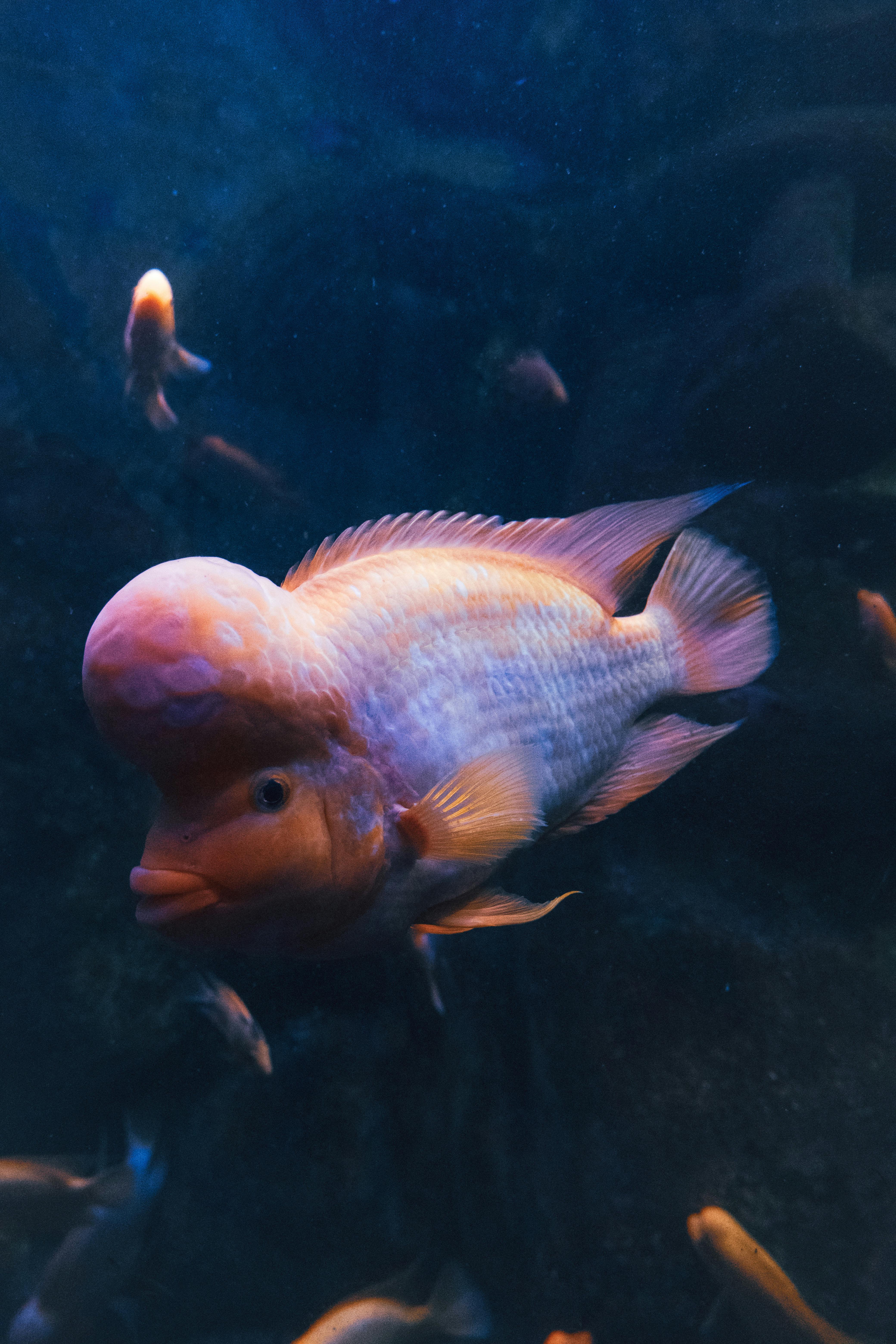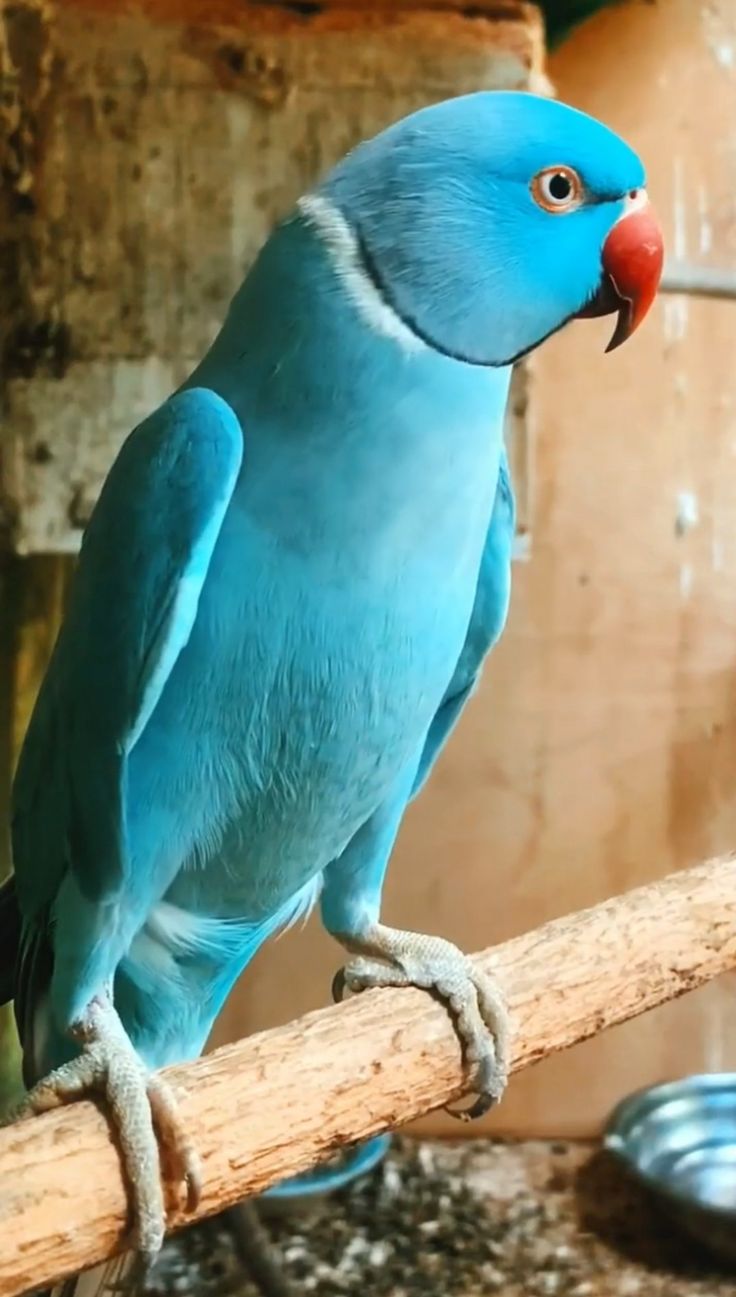Essential Guide to Setting Up a Shrimp Fish Tank in 2025

Essential Guide to Setting Up a Shrimp Fish Tank in 2025
Setting up a shrimp fish tank can be an exciting endeavor, especially in 2025 as the popularity of these aquatic pets continues to rise. Shrimp are not only beautiful additions to any aquarium but also play an essential role in maintaining the overall health of the ecosystem by consuming algae and detritus. This guide will provide you with everything you need to consider when establishing your shrimp tank setup, focusing on ideal conditions, compatible species, and the specific needs of freshwater shrimp.
As you embark on this journey, you’ll discover the best shrimp for your aquarium, learn about the importance of tank filtration, substrate options, water parameters, and the necessary accessories to create a thriving environment. All of this aims to ensure your shrimp not only survive but thrive, encouraging breeding and a healthy lifestyle within the tank.
In this article, we'll cover essential topics such as choosing the right shrimp species, setting up your tank for optimal health, and maintaining a perfect balance in your aquarium's ecosystem. By the end, you’ll be well-equipped to create and maintain a vibrant shrimp tank.
Key Takeaways: Understand shrimp tank care essentials, discover shrimp tank plants, and learn about water quality management to cultivate a thriving aquatic environment.
Choosing the Best Shrimp Species for Your Aquarium
When selecting shrimp for your aquarium, it's crucial to consider the species that will thrive in your particular setup. The best shrimp for aquarium typically includes Cherry shrimp, Ghost shrimp, Amano shrimp, and Red Crystal shrimp, each with unique requirements and characteristics.
Cherry shrimp, known for their vibrant red color, are widely popular among beginners due to their hardiness and ease of care. Ghost shrimp, on the other hand, are transparent and can help maintain cleanliness in the tank by eating leftover food and algae.
Amano shrimp are ideal for larger tanks and are highly regarded for their algae-eating capabilities. Lastly, Red Crystal shrimp are known for their striking color but require more meticulous care regarding water parameters.
Understanding the freshwater shrimp species best suited for your tank will help ensure harmony and prevent any unfortunate situations regarding compatibility.
In the next section, we’ll explore the vital components of setting up your shrimp fish tank, including filtration and habitat conditions.
Setting Up Your Shrimp Tank: Key Components
Creating the perfect shrimp habitat requires attention to various factors including shrimp tank substrate, plants, and water quality. Begin with selecting the right substrate, as it plays an essential role in the tank's overall chemistry. Fine gravel or soil-type substrates are ideal for shrimp, providing them with a place to forage and encouraging biofilm development.
Furthermore, introducing live plants to your aquarium not only enhances aesthetics but also supports shrimp health. Plants like Java moss and Anubias are perfect for shrimp tanks and enhance filtration while providing hiding spots for baby shrimp.
Water quality is a critical aspect to monitor, focusing on parameters such as shrimp tank pH levels, temperature, and ammonia/nitrite/nitrate ratios. Aim for a pH level around 6.5 to 7.5, and ensure the water temperature is stable, preferably between 22°C to 26°C.
A reliable filtration system is an essential inclusion in your shrimp tank. Utilizing a sponge filter can provide adequate filtration while preventing shrimp from being sucked into the intake. It’s crucial to keep water flow gentle to avoid distressing the animals.
With your habitat established, the next step is understanding how to maintain your shrimp tank effectively to promote longevity and health.
Essential Shrimp Tank Care and Maintenance
Maintaining a shrimp tank requires regular care routine, focusing on factors such as water changes, feeding, and tank cleanliness. Consistent water changes (about 10-15% weekly) are crucial in reducing toxins build-up and maintaining a stable environment.
When it comes to shrimp food for tanks, it’s important to provide a varied diet that includes high-quality shrimp pellets, algae wafers, and blanched vegetables. Avoid overfeeding, as uneaten food can lead to water quality issues.
Regularly cleaning your shrimp tank will prevent the growth of harmful algae and bacteria. It’s wise to include other cleaning crew members, like snails or certain fish species that are shrimp compatible, for maintaining the ecology without disturbing the shrimp.
Monitoring water parameters frequently helps maintain optimal conditions. Invest in a shrimp tank pH monitor and test kits to catch any fluctuations early on. Additionally, use a reliable heater for maintaining stable temperatures as temperature fluctuations can significantly impact shrimp health.
Next, we’ll delve into breeding practices within your shrimp tank, an exciting aspect of shrimp keeping that garners attention from enthusiasts.
Shrimp Breeding in Your Aquarium: Techniques and Tips
Breeding shrimp in your aquarium can be a rewarding experience. Understanding the breeding cycle and ensuring the right conditions within your shrimp breeding setup is essential. Different species have varied requirements, but the overall process remains similar.
Create an environment that mimics their natural habitat by ensuring appropriate shrimp tank temperature, pH, and food availability. Typically, breeding occurs when conditions are optimal, and females will carry fertilized eggs under their tails until they hatch, which can take anywhere from 20 to 30 days depending on water conditions.
To enhance breeding success, you can add a shrimp breeding box to your tank. This can help separate the baby shrimp from adults, preventing them from being predated upon and allowing them to grow without stress.
While breeding, keep an eye out for the presence of biofilm, as it is an essential food source for baby shrimp. Ensure proper tank cycling prior to breeding, so the beneficial bacteria are present to breakdown waste and maintain water quality.
With a solid understanding of shrimp breeding, the subsequent section will address common challenges and diseases to look out for in your shrimp tank.
Shrimp Tank Challenges and Solutions
Like any aquarium, maintaining a shrimp tank comes with its unique set of challenges. Understanding common shrimp tank diseases and how to address them can save your shrimp from unnecessary stress. One of the first signs of trouble is a sudden change in shrimp behavior. Examine water quality parameters regularly.
Issues such as slow growth, fading coloration, or lethargy could be indicators of poor water quality, requiring urgent tests for ammonia, nitrite, and nitrate levels. Additionally, ensuring proper shrimp tank aeration helps maintain circulation, which is vital for shrimp health.
In case of disease outbreaks, employing a biosecurity protocol will prevent further contamination. Quarantine new shrimp before introducing them to the main tank to avoid spreading potential diseases. It’s also essential to monitor and manage populations; overstocking can lead to increased stress and competition for resources.
Educating yourself on maintaining the right environmental conditions and being vigilant about shrimp health will drastically minimize challenges. Moving forward, we’ll discuss enhancing the shrimp tank environment further, focusing on enrichment and accessories that promote shrimp well-being.
Enhancing Your Shrimp Tank Environment
Creating a diverse and engaging environment in your shrimp tank promotes shrimp health and well-being. Adding a variety of shrimp tank plants provides hiding spots and encourages natural foraging behavior. Plants like Hornwort and Water Sprite not only beautify but also contribute to the tank’s filtration system.
Incorporating structures such as driftwood and rocks can also create territories and provide more surfaces for algae growth, which serves as an additional food source. Utilize moss balls or patches of moss, as they not only provide shelter but also promote biofilm growth.
Enhancing the aesthetic aspect with decorations can create a visually appealing and stress-reducing environment for shrimp. Make sure all materials used are aquarium-safe and free from harmful chemicals. Ensure to maintain open swimming space while accommodating various structures.
Regularly assess the tank layout to prevent overcrowding and allow adequate swimming space for your shrimp. In addition, enrich their environment with regular water changes and reflections of their natural habitats to stimulate a sense of security.
This journey towards maintaining and caring for your shrimp aquarium leads us to the conclusion and final insights regarding optimal shrimp care.
Conclusion: Optimal Care for Your Shrimp Tank
Setting up a shrimp fish tank in 2025 requires a thoughtful approach encompassing species selection, tank environment, and regular maintenance. With the right knowledge, you can create a flourishing ecosystem that not only supports the health of your shrimp but also provides a captivating visual display.
From selecting appropriate shrimp species to ensuring your tank's water quality, every aspect contributes to the successful management of your aquarium. Remember, the key is maintaining balanced water parameters, enriching the habitat, and being observant of shrimp health.
As you cultivate your shrimp tank, you'll find it deeply rewarding to witness these fascinating creatures thrive. Through proper care and attention, your shrimp tank experience can flourish, leading to serene enjoyment of aquatic life.
 ```
```html
```
```html
 ```
```